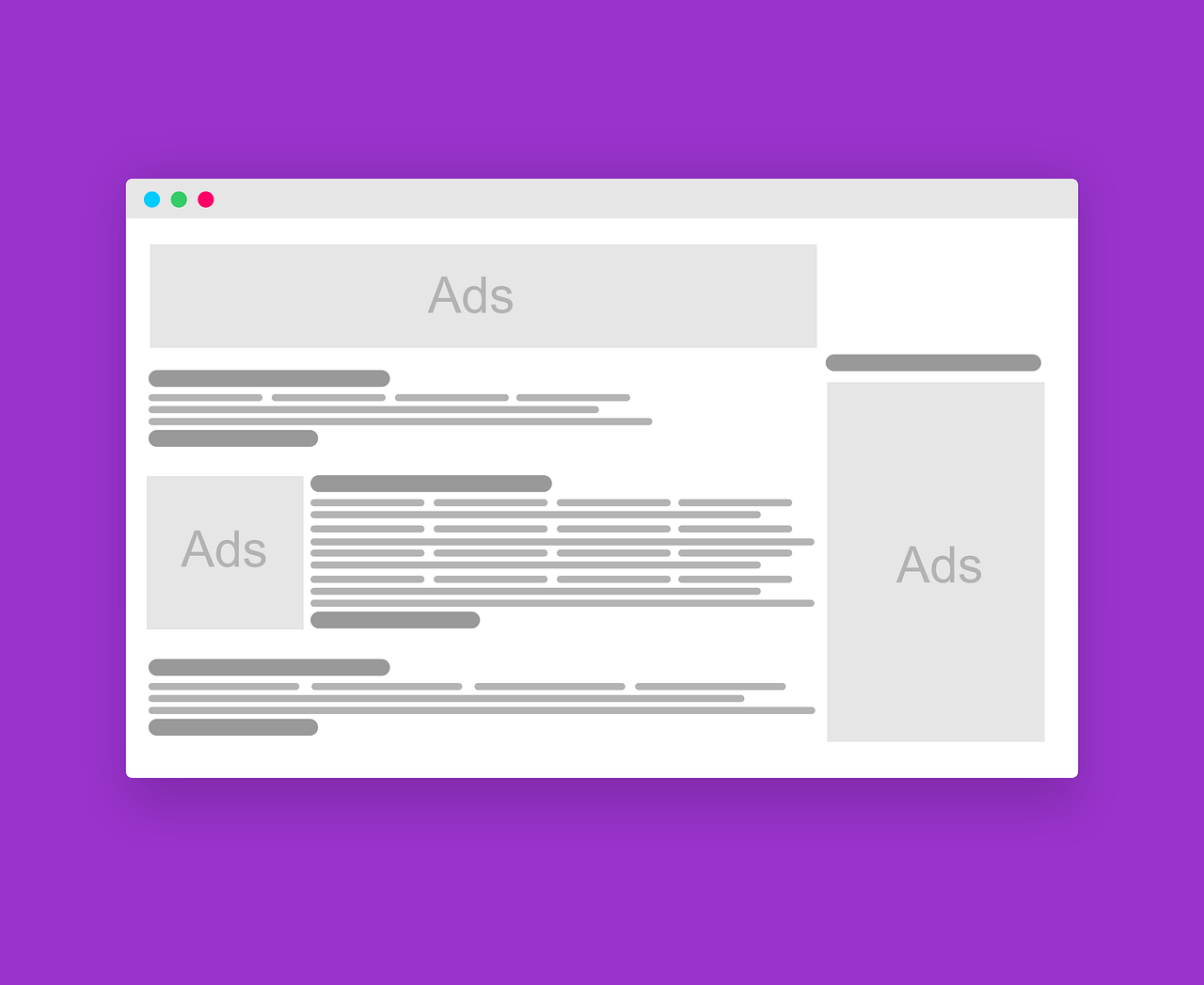You’ve probably seen ads that feel weirdly correlated to what you’re reading or watching online. That is contextual advertising at work. This ad-based solution has evolved steadily amidst the ever-changing digital landscape, becoming an integral part of every advertiser’s arsenal. But there is much more to it than matching ads with their context. Brand safety forms the crux of any modern advertising, and that is where AI-driven contextual brand safety targeting comes in.
Let’s talk about how this technology can protect your brand while helping deliver your message.
Understanding Brand Safety and Suitability
What is Brand Safety?
The Interactive Advertising Bureau (IAB) describes brand safety as ensuring that your ads do not run next to inappropriate, hurtful, or controversial content. This is content that could harm the image of the brand and might erode confidence with the target market.
What is Brand Suitability?
Brand suitability goes a step further. It ensures ads not only avoid harmful content but also align with a brand’s identity and values. It’s about finding the “right” places for your ads and not just “safe” places. For example ensuring a luxury brand only appears next to premium lifestyle content.
Why Both Concepts Are Crucial for Advertisers?
For any advertiser, the safety and suitability of a brand go hand in glove with brand reputation protection and reach optimization. According to a report by EY, 70% of brands have faced the risk of brand safety, of which 10% happen regularly. During the Ukraine-Russia crisis, American brands’ ads appeared on Russian platforms, proving how strict the controls ought to be in such cases. The report also pointed out that in the post-COVID era, as many as 95% of marketers took some kind of precaution against unsafe ad placement.

While traditional marketing still has its place, especially for brand awareness and local targeting, it faces significant limitations in cost, reach, targeting, interactivity, speed, and audience attention. A few disadvantages of traditional marketing include:
Challenges with Behavioral Targeting
Behavioral targeting operates on a user’s past actions, making it inaccurate or irrelevant in most cases. As it relies upon third-party cookies it raises privacy issues too.
Risks Associated with Incomplete Content Analysis
These traditional methods often do not include critical information about context, and this may lead to the placement of ads in proximity to unsuitable content. This could harm the image of your brand and just waste ad spend.
Customized Targeting is Not Possible
Traditional marketing is not precise in targeting. It targets wide markets, not customers, and can’t target a person based on his or her preferences like online marketing can. It is therefore less effective when it comes to personalization.
Traditional Marketing is More Expensive Than Online Marketing
Traditional marketing involves recurring expenses for every campaign, such as paying for newspaper ads or sending out flyers. Online marketing allows changes to be made while a campaign is ongoing without any additional expense.
AI-Powered Contextual Intelligence: Protecting Your Brand, One Context at a Time

Advancements in contextual advertising has taken a step forward. It’s taken the format from straightforward keyword matching to the deployment of grand AI technologies. Technologies like NLP (natural language processing) and semantic analysis give meaning to the content, not just the literal context. LLMs take this further by supplying deeper insight into the text, while video recognition tech analyzes the details within video. These technologies ensure your ads are not only placed in contextually relevant and brand-safe environments, but also enhance brand suitability targeting based on specific content and emotional tones. It does so in a way that maximizes ad relevance while reducing exposure to harmful or unsuitable content exposure.
How Can Context-based AI Targeting Maximize Brand Suitability?
| By Aligning Ads with Relevant, High-Quality Content AI delivers ads next to content aligned with values or the message of your brand, thereby improving the perception of your brand. | By Enhancing Brand Perception through Contextual Relevance By placing ads in relevant contexts, helps create positive brand recall. | By Balancing Reach and Brand Protection AI helps you reach your bigger audience by ensuring tight brand safety guardrails and efficient optimization of ad spend. |
Case Studies: Success Stories of AI-Targeted Advertising
A leading whiskey brand wanted to connect with football fans in India, who make up more than 160 million of the 3.5 billion football fans worldwide. The brand wanted to capture the passion, energy, and enthusiasm of this audience at the right moment on YouTube. Traditional affinity targeting wasn’t enough as it would deliver the ad to all people identified as football lovers, regardless of whether the content is relevant or not at the time it is viewed.
In order to address these challenges, the whiskey brand partnered with Silverpush to leverage its flagship AI-powered contextual video advertising solution. Here’s how it contributed to their success.
- Advanced Context Detection: Mirrors’ AI technology detected in-video contexts such as celebrities, brands, objects, emotions, places, actions, on-screen text, and audio to serve contextually relevant ads when viewers were most likely to engage with them.
- Precise Targeting: To reach the football audience accurately, Mirrors identified famous footballers, coaches, renowned football clubs, broadcast networks, and objects like soccer balls and actions like goals.
- Brand Safety Measures: The AI intelligently avoided placing ads against content falling under unsafe or unsuitable categories like kids’ content, violence, politics, and COVID-19 related videos, ensuring brand safety targeting.
The Results
By Leveraging Mirrors for contextual AI ad targeting, the whiskey brand achieved outstanding results. The campaign reached over 24.5 million viewers, boasting a 90.87% View Through Rate—40% above industry standards. With 168,000 clicks and a 0.55% CTR, the brand saw a 4.1% lift in brand impact, demonstrating the power of precise, context-driven advertising.
How to Use AI for Optimal Brand Safety and Suitability
1. Choose the Right Contextual Targeting Solution
Use the right AI ad targeting solution that offers robust content analysis, real-time decision-making, and customizable safety guidelines.
2. Set Up Brand Safety and Suitability Parameters
Define your brand’s safety and suitability criteria clearly and ensure your AI solution can enforce these guidelines.
3. Continuously Monitor and Optimize
Regularly monitor your ad placements and performance. Make adjustments as needed to maintain optimal results.
The Future of Brand Safety in Advertising
AI-powered contextual advertising helps elevate the suitability and safety of a brand by placing ads with the greatest respect toward brand values. It increases targeting accuracy and control over brand integrity. According to a recent survey, nearly (two-thirds) 67% of consumers would avoid brands that place ads next to undesirable content, making contextual technology solutions so important. With the advancement in AI-targeted advertising, it promises refined brand safety measures that protect reputation while maximizing ad effectiveness within the digital environment.




